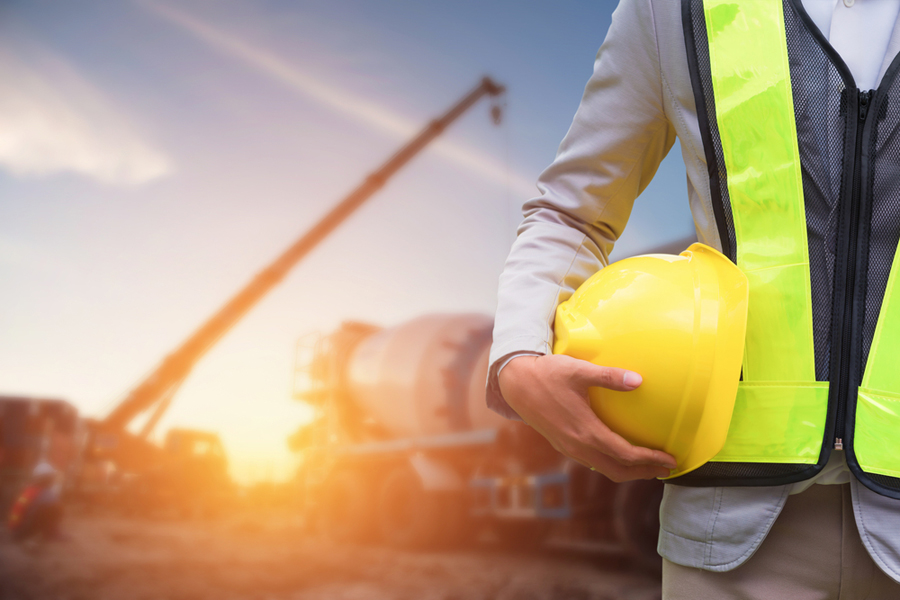
Technology in lifts and escalators vision 2030
Leveraging technology in the construction and operation of lifts and escalators aligns with the goals of Kenya’s Vision 2030, which aims to transform the country into a globally competitive and prosperous nation. Technology can play a significant role in improving efficiency, sustainability, safety, and accessibility in vertical transportation systems. Here are some ways technology can be integrated into lifts and escalators in the context of Vision 2030:
Construction is the process of constructing a building or infrastructure. Construction differs from manufacturing in that manufacturing typically involves mass production of similar items without a designated purchaser.
By embracing technology in the design, construction, and operation of lifts and escalators, Kenya can enhance the efficiency, safety, and sustainability of its vertical transportation systems. This, in turn, contributes to the overall goals of Vision 2030 by promoting modern infrastructure, economic growth, and improved quality of life for its citizens.
- mart Elevators and Escalators: Implementing smart technology allows for real-time monitoring and data collection from elevators and escalators. This data can be used to optimize operation, reduce energy consumption, and proactively address maintenance needs. Smart systems can also provide predictive analytics to predict equipment failures and improve uptime.
- IoT Connectivity: Internet of Things (IoT) sensors and devices can be integrated into lifts and escalators to collect data on performance, usage patterns, and passenger flows. This data can be used for predictive maintenance, energy efficiency improvements, and better user experiences.
- Energy Efficiency: Modern lifts and escalators can be equipped with energy-efficient components and systems. Regenerative drives, LED lighting, and sleep mode features can significantly reduce energy consumption, aligning with sustainability goals outlined in Vision 2030.
- Biometric Access Control: Enhance security and access control by integrating biometric recognition systems, such as fingerprint or facial recognition, into elevator and escalator operation. This can improve building security and streamline access for authorized personnel.
- Destination Control Systems: Implementing destination control systems in elevators can optimize traffic flow within buildings. Passengers input their desired floor, and the system assigns them to the most efficient elevator, reducing wait times and energy use.
- Remote Monitoring and Maintenance: Embrace remote monitoring and diagnostics to detect and address issues in lifts and escalators proactively. This can minimize downtime, improve maintenance efficiency, and extend the lifespan of equipment.
- Touchless Controls: In response to the COVID-19 pandemic, touchless controls and antimicrobial surfaces have gained importance. These features reduce the need for physical contact with elevator buttons and handrails, improving hygiene and safety for passengers.
- Augmented Reality (AR) Maintenance: Technicians can use AR devices and applications for maintenance and troubleshooting. This technology can provide real-time guidance, reducing the time and expertise required to address issues.
- AI-Powered Predictive Maintenance: Utilize artificial intelligence (AI) algorithms to predict when maintenance is needed based on data analysis. This can prevent unexpected breakdowns and extend the lifespan of lifts and escalators.
- Accessibility Features: Incorporate advanced accessibility features, such as voice-activated controls, improved tactile indicators, and auditory signals, to ensure that lifts and escalators are usable by all individuals, including those with disabilities.
- Data Analytics and Reporting: Analyze data collected from lifts and escalators to make informed decisions about maintenance schedules, energy consumption, and usage patterns. This data-driven approach can lead to continuous improvements in performance and efficiency.
- Integration with Building Management Systems: Ensure seamless integration of lifts and escalators with the overall building management system. This enables centralized control and monitoring of all building systems for better resource management and operational efficiency.



0 comments
Write a comment